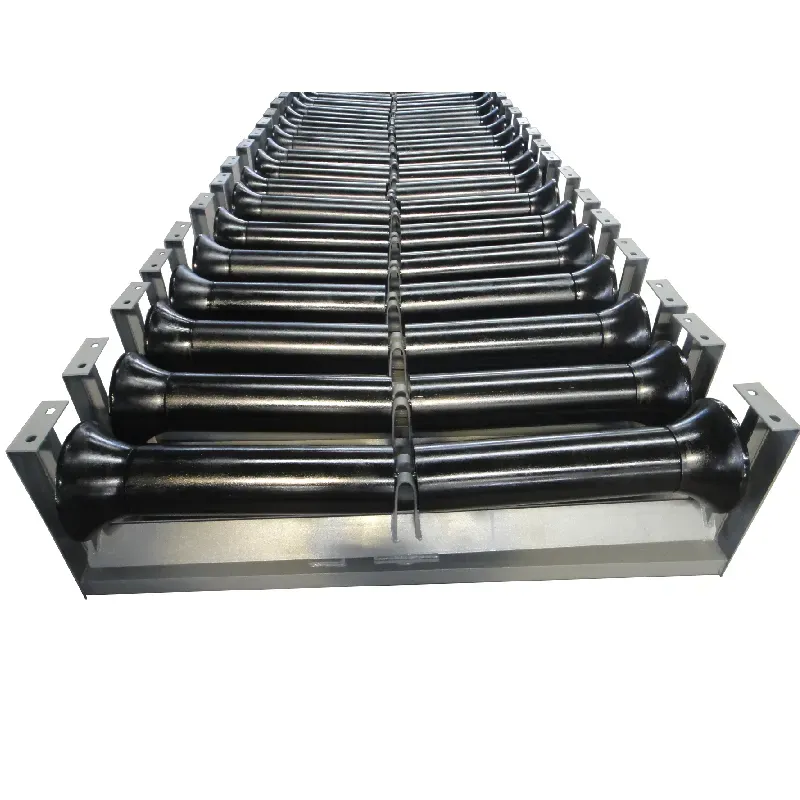 Afrikaans
Afrikaans  Albanian
Albanian  Amharic
Amharic  Arabic
Arabic  Armenian
Armenian  Azerbaijani
Azerbaijani  Basque
Basque  Belarusian
Belarusian  Bengali
Bengali  Bosnian
Bosnian  Bulgarian
Bulgarian  Catalan
Catalan  Cebuano
Cebuano  Corsican
Corsican  Croatian
Croatian  Czech
Czech  Danish
Danish  Dutch
Dutch  English
English  Esperanto
Esperanto  Estonian
Estonian  Finnish
Finnish  French
French  Frisian
Frisian  Galician
Galician  Georgian
Georgian  German
German  Greek
Greek  Gujarati
Gujarati  Haitian Creole
Haitian Creole  hausa
hausa  hawaiian
hawaiian  Hebrew
Hebrew  Hindi
Hindi  Miao
Miao  Hungarian
Hungarian  Icelandic
Icelandic  igbo
igbo  Indonesian
Indonesian  irish
irish  Italian
Italian  Japanese
Japanese  Javanese
Javanese  Kannada
Kannada  kazakh
kazakh  Khmer
Khmer  Rwandese
Rwandese  Korean
Korean  Kurdish
Kurdish  Kyrgyz
Kyrgyz  Lao
Lao  Latin
Latin  Latvian
Latvian  Lithuanian
Lithuanian  Luxembourgish
Luxembourgish  Macedonian
Macedonian  Malgashi
Malgashi  Malay
Malay  Malayalam
Malayalam  Maltese
Maltese  Maori
Maori  Marathi
Marathi  Mongolian
Mongolian  Myanmar
Myanmar  Nepali
Nepali  Norwegian
Norwegian  Norwegian
Norwegian  Occitan
Occitan  Pashto
Pashto  Persian
Persian  Polish
Polish  Portuguese
Portuguese  Punjabi
Punjabi  Romanian
Romanian  Russian
Russian  Samoan
Samoan  Scottish Gaelic
Scottish Gaelic  Serbian
Serbian  Sesotho
Sesotho  Shona
Shona  Sindhi
Sindhi  Sinhala
Sinhala  Slovak
Slovak  Slovenian
Slovenian  Somali
Somali  Spanish
Spanish  Sundanese
Sundanese  Swahili
Swahili  Swedish
Swedish  Tagalog
Tagalog  Tajik
Tajik  Tamil
Tamil  Tatar
Tatar  Telugu
Telugu  Thai
Thai  Turkish
Turkish  Turkmen
Turkmen  Ukrainian
Ukrainian  Urdu
Urdu  Uighur
Uighur  Uzbek
Uzbek  Vietnamese
Vietnamese  Welsh
Welsh  Bantu
Bantu  Yiddish
Yiddish  Yoruba
Yoruba  Zulu
Zulu Different Types of Conveyor Belt Pulleys and Their Applications
Understanding Conveyor Belt Pulley Types A Comprehensive Guide
Conveyor systems are integral to various industries, facilitating the seamless transportation of materials. At the heart of these systems lies the conveyor belt pulley, a crucial component that not only supports the belt but also plays a significant role in the system's efficiency and longevity. This article delves into the different types of conveyor belt pulleys, their functions, and applications.
Types of Conveyor Belt Pulleys
1. Drive Pulleys As the name suggests, drive pulleys are responsible for moving the conveyor belt. These pulleys are connected to a motor, which provides the necessary power to operate the belt. Drive pulleys are typically larger in diameter to increase the torque and efficiency of the conveyor system. They can be further classified into two types lagged and unlagged. Lagged drive pulleys have a rubber coating that enhances grip and reduces slippage, making them ideal for heavy-duty applications.
2. Idler Pulleys Idler pulleys serve as support for the conveyor belt, ensuring that it remains in place. They are used to maintain belt tension and help guide the belt along its designated path. Idler pulleys can be fixed or adjustable, depending on the specific needs of the conveyor system. While they do not drive the belt, they are crucial for maintaining proper belt alignment and reducing wear and tear.
3. Snub Pulleys These pulleys are strategically positioned to increase the angle of wrap around the drive pulley, thereby enhancing friction and improving the drive's ability to convey materials. By improving the grip between the belt and drive pulley, snub pulleys play a vital role in ensuring the belt operates smoothly without slipping.
4. Tail Pulleys Located at the end of a conveyor system, tail pulleys provide the necessary return path for the conveyor belt. They also help in maintaining tension and support for the belt as it travels back to the drive pulley. Tail pulleys can sometimes feature a rubber lagging to achieve better grip and reduce wear on the belt.
conveyor belt pulley types

5. Take-Up Pulleys Take-up pulleys are used to adjust and maintain the tension of the conveyor belt. They are usually located at the beginning or end of the conveyor system and can be either manual or automatic. Proper tensioning is crucial for optimal belt performance and longevity, and take-up pulleys help achieve this.
6. Return Pulleys Return pulleys are designed to guide the belt back to the drive end without interference or misalignment. They ensure that the belt travels smoothly during its return trip, minimizing wear and extending the life of the belt.
Applications and Importance
Each type of pulley serves a specific function and is suited for various applications in industries such as mining, manufacturing, and logistics. Selecting the right type of pulley is essential to ensure optimal conveyor system performance. For instance, in heavy-duty applications requiring significant load-bearing capacity, lagged drive pulleys may be favored for their enhanced grip and durability.
Moreover, understanding the different pulley types can help in troubleshooting and maintenance efforts. For instance, if a conveyor system is experiencing slippage, it might indicate the need for a lagged drive pulley or adjustments to the snub pulley.
Conclusion
In conclusion, conveyor belt pulleys are not just mere components; they are fundamental to the efficiency and effectiveness of conveyor systems. By understanding the various types of pulleys and their specific roles, businesses can make informed decisions regarding maintenance and upgrades to their conveyor systems. Selecting the right pulleys can lead to reduced downtime, extended equipment lifespan, and increased productivity. As industries continue to evolve, so too will the technology and design of conveyor belt pulleys, highlighting their importance in modern manufacturing and logistics.
-
Wing Pulley Conveyor for Conveyor Belt MaintenanceNewsJun.16,2025
-
Self Cleaning Spiral Idler for Conveyor DesignNewsJun.16,2025
-
Pulley Lagging for Conveyor Belt AlignmentNewsJun.16,2025
-
Impact Idlers Used in Belt Conveyor for PerformanceNewsJun.16,2025
-
Ceramic Lagging Conveyor Pulley for Conveyor Belt SystemsNewsJun.16,2025
-
Belt Conveyor Idler for Heavy-Duty ApplicationsNewsJun.16,2025





























